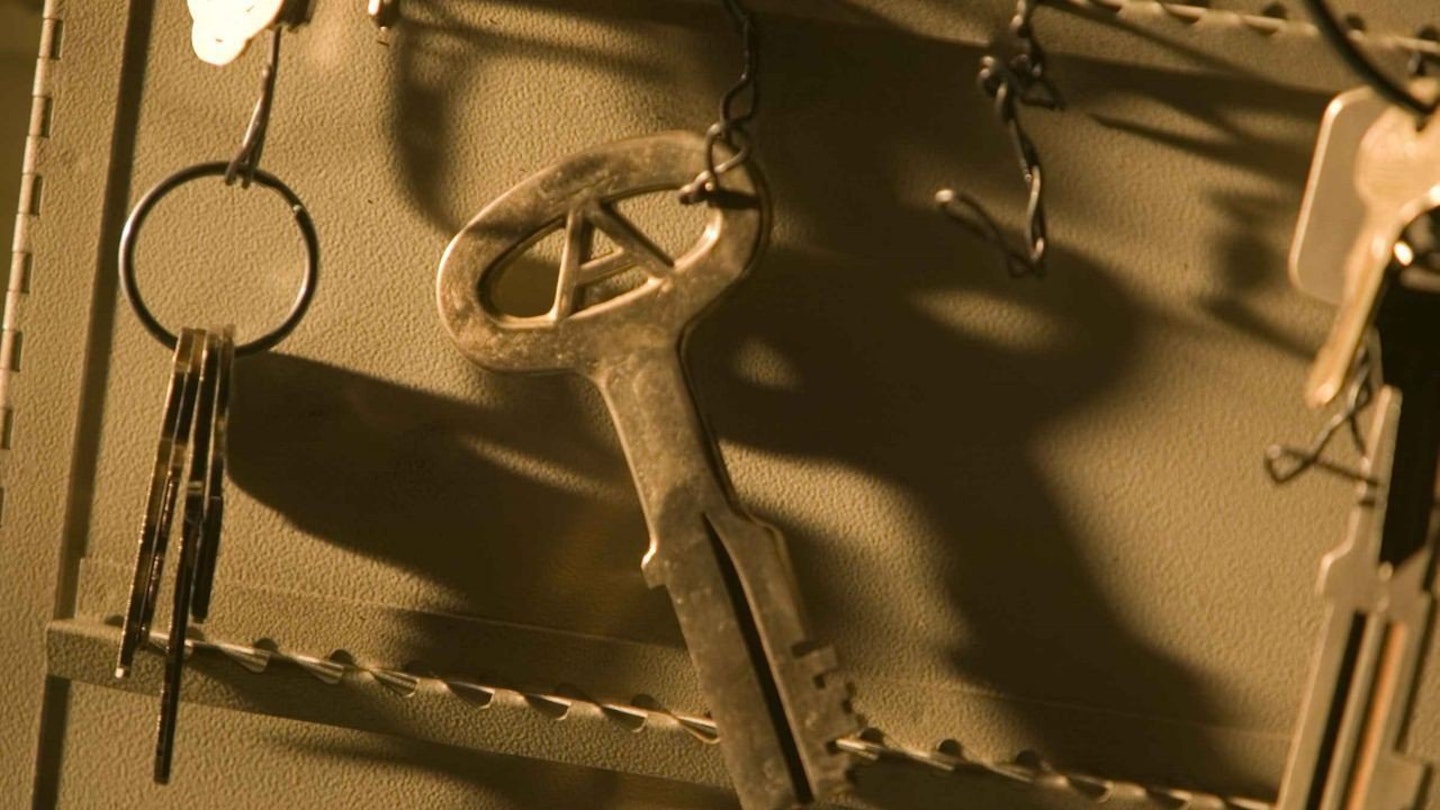Private Lynndie England and Specialists Charles Graner, Megan Ambuhl and Sabrina Harman were found guilty of crimes for which they were jailed, but documentarian Errol Morris suggests they were by no means the worst offenders at the infamous Abu Ghraib prison. The special agent who investigated the charges claims criminals get caught because they do something stupid - in this case, the culprits not only photographed themselves abusing prisoners, but seem to have committed abuses purely for the camera. The dark undercurrent, though, is that the famous images - naked Iraqis piled up in a pyramid or led around on leashes - represent the less serious abuses inflicted on detainees. As England angrily notes, none of the prisoners her unit humiliated died, and it was due to Harman sneaking into an off-limits cell and posing with a corpse that evidence of an actual killing came to light. This doesn’t excuse the guilty, but it seems brutality was sanctioned, even encouraged, higher up, while worse things were done by professionals who knew not to document their activities on camera.
Inevitably Morris doesn’t deliver as cinematic an account of the still-in-progress story as the single case of The Thin Blue Line. Given the impact of the images, the film is technically reticent, though there’s an emotive score by Danny Elfman and imaginative visual input from Kyle Cooper (whose Seven title sequence remains highly influential). Lacking, too, is testimony from abused detainees (who, supposedly, couldn’t be found), which tends to stress the self-pity of soldiers. It may be down to selective editing, but it’s astonishing that no-one is sorry about what happened to the victims.

